Click the blue text above to follow us
Currently, the use of large screens in society is increasing, such as in monitoring rooms, conference rooms, exhibition halls, promotional displays for enterprises, and outdoor screens. The options for large screens are either LED screens or LCD splicing screens. However, LED screens have a strong pixel grain effect and high brightness, which significantly affects the customer experience when viewed from a close distance indoors. We still recommend using LCD splicing screens for indoor installations, as the visual effects are superior to those of LED screens.
1. Different Display Technologies
The LCD splicing screen uses LCD backlight technology, the same display technology used in home TVs, but the resolution is usually 1920*1080, while home TVs have already reached 3840*2160.
The LED display screen uses light-emitting diode technology, utilizing RGB LED chips encapsulated into individual pixels for display. Common examples include traffic lights and billboards, which use LED displays.
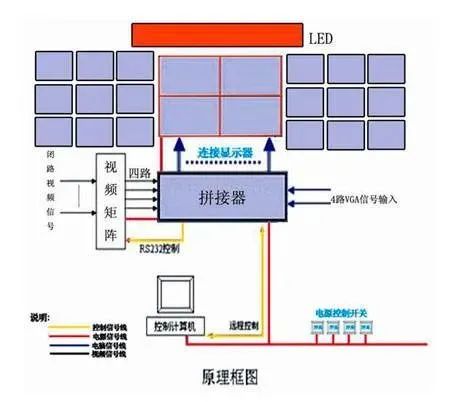
2. Different Resolutions
The biggest advantage of the LCD splicing screen is its ability to achieve high-definition display, which is 1920*1080, allowing for the display of HD images and videos. In contrast, the LED display screen has a larger pixel pitch, resulting in a significantly lower resolution for the same display area. Although it can also achieve HD resolution by increasing the display area, the viewing effect is noticeably inferior to that of LCD.
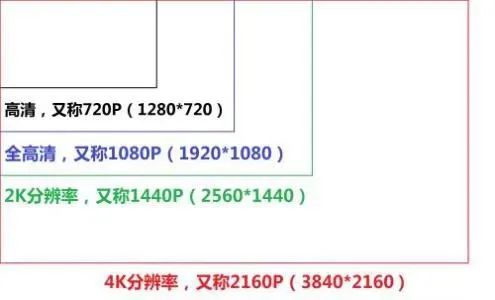
3. Seam Gaps
The LCD splicing screen has different sizes of seam gaps, ranging from 0.88 to 5.5mm. Therefore, after splicing, there will be physical black borders between the screens, which can affect the viewing experience when displaying a single image across the entire screen. In contrast, LED screens do not have this concern; no matter how they are spliced, LED displays do not have black borders.
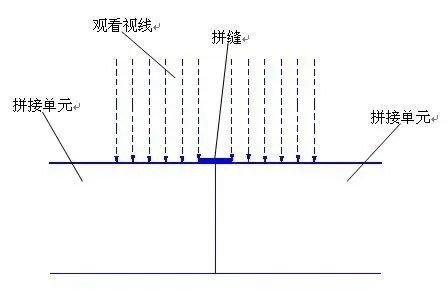
4. Different Application Functions
Due to its inherent technology, the LCD splicing screen is mainly used in fields that require high-definition display and can achieve splicing and segmentation, such as product exhibition halls, conference rooms, news broadcasting stations, and monitoring centers. In contrast, LED is mainly used in outdoor squares, shopping malls, and conference halls for long-distance viewing.
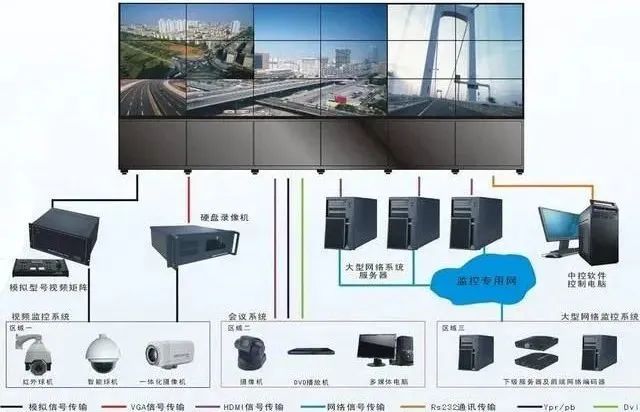
5. Different Installation Environments
Since LCDs are not waterproof, they are mainly used indoors, while LEDs can be used in various settings, both indoors and outdoors.
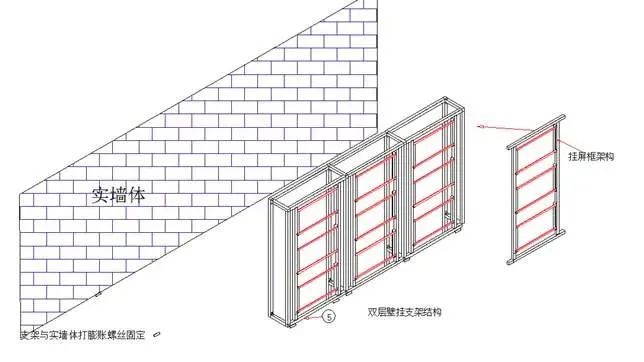
6. Actual Effects
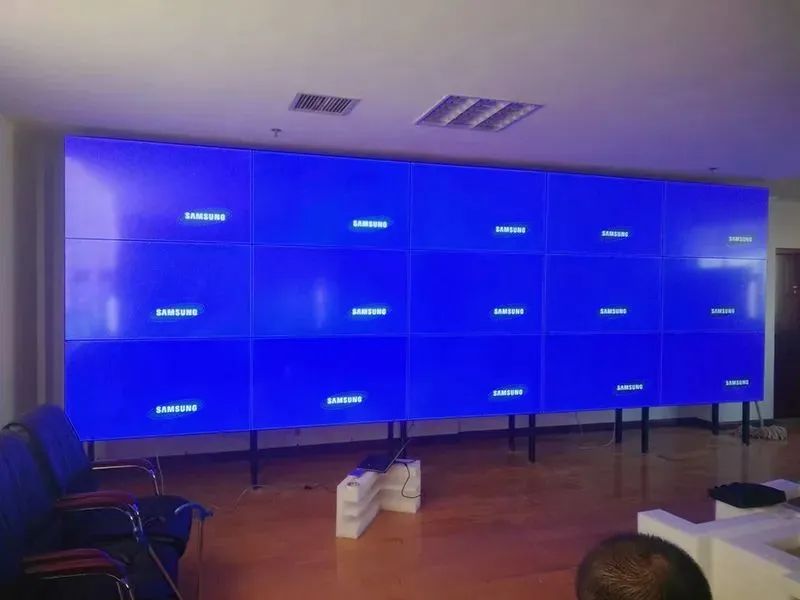
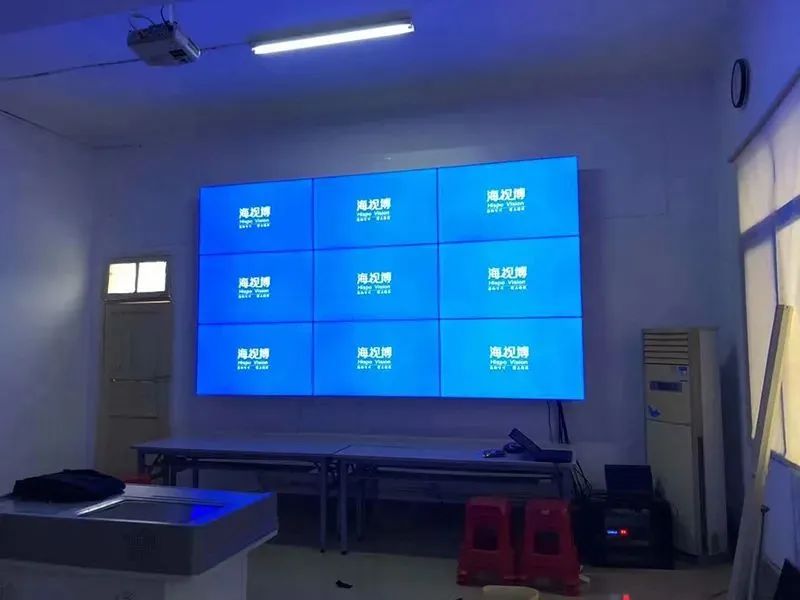

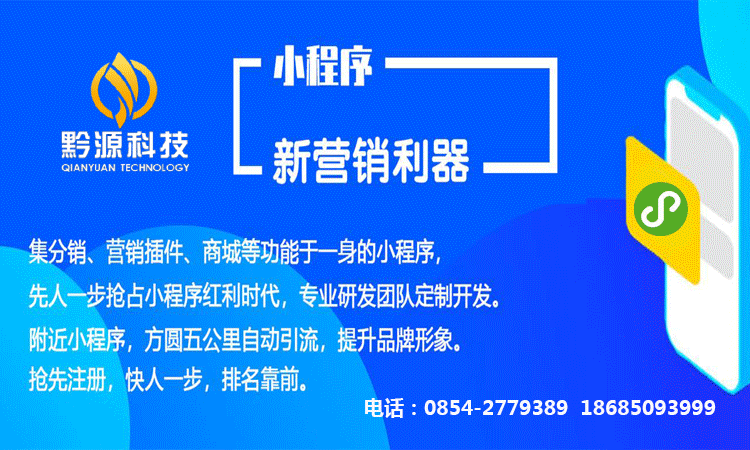
Qianyuan Technology has extensive experience in the development and operation of mini-programs, having collaborated on numerous projects such as the mini-program for Guizhou Huier An Housekeeping Co., Ltd. and the development of the Weng’an Huaqiang Dental mini-program. It is a company that integrates software development, APPs, website construction, public accounts, WeChat mini-program development, and e-commerce.
Want to know more information? Follow us!
Feel free to call us or leave a message!
Phone: 18685093999 19185046915
Telephone: 0854-2779389
Address: Weng’an County Yongyang Street Office

Long press to scan the QR code
Get more surprises
People who like this content also like